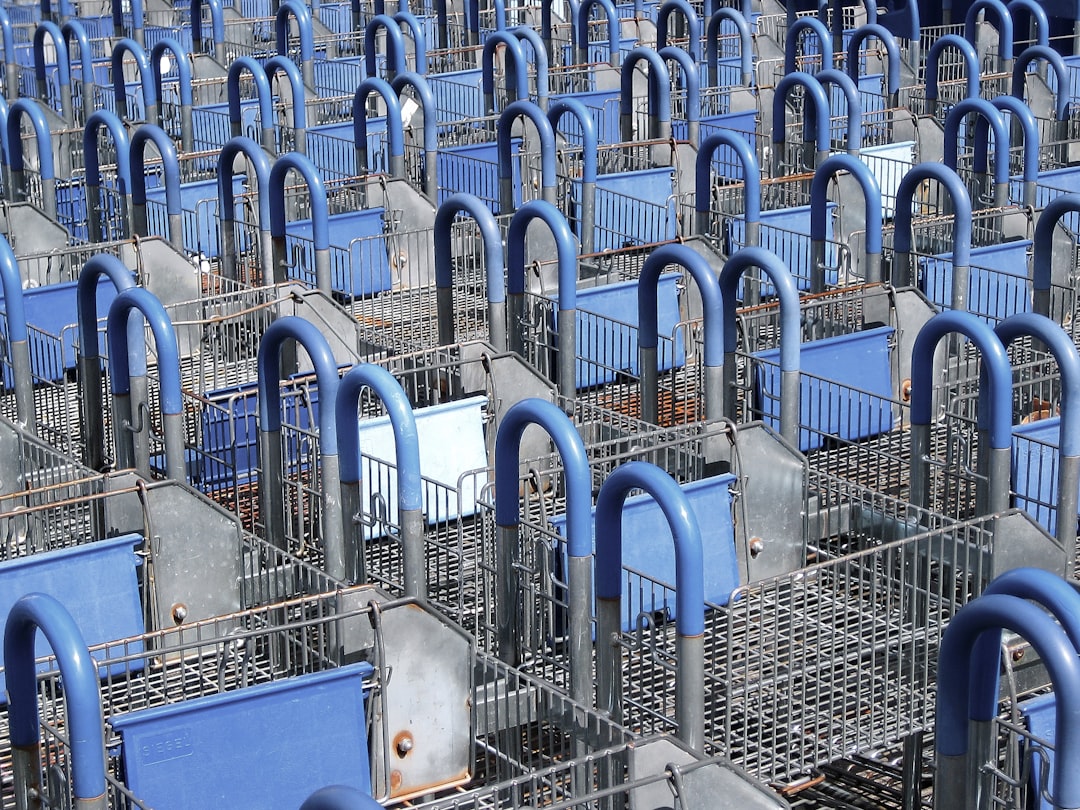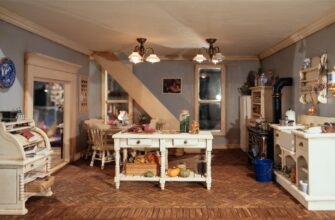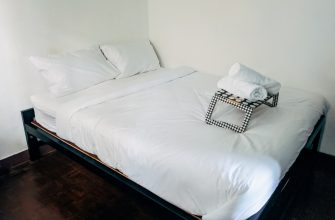
The North Face, a small retail shop, was conceived by two hikers in 1968 to supply high quality mountaineering gear and equipment. Later on they moved on to Mo German Bear shelters, steel-frame singletrack tents, and contemporary outside only tents. After acquiring SportSymbols UK in 2003, the company started to distribute a wider range of outdoor equipment, and today they are the UK’s largest camping retailer, offering everything from clothing to tents, sleeping bags to stoves, and everything in between.
However, does all this really mean that Sports Wear is the best provider of mountaineering gear and equipment?
There’s no doubt that Sports Wear has a wide range of items to offer, in fact their own brand names are one of the best known and most respected names in the outdoor world. In terms of manufacture, they’ve been around for a long time and really are a prominent manufacturer of outdoor clothing and equipment. The materials they use are extremely high tech, certainly in the sports clothing department, and they really do live up to the claims of quality made by other manufacturers of similar clothing.
However, as with all products, these claims can be difficult to gauge, especially in regards to the outdoor equipment industry, and we decided to take a look at the Outdoor academia Experts Group (OEG) grading system, designed by the engineering firms themselves to give a reliable point of reference between different providers of outdoor excellence.
OEG Grading System
Every manufacturer of outdoor products is judged according to a number of factors, such as the quality of the fibres, the strength of the seams and fabrics, the water proofness of the materials, and the overall manufacturer’s age. Grading is based on a simple set of four colour grades. Two of these, in order of merit, are fire and weather (or black and white) and one is for class. The final category, class 2, indicates the level of waterproofing. Class 2 includes fabrics where the waterproof lining is the strongest feature of the garment, whereas class 3 is for waterproof garments where the seams and fabrics are strong enough to withstand the most extreme conditions. Class 2 is for clothes anduits that are not quite waterproof, while class 3 is for waterproof but less robust clothes and suits.
Getting the grades
We applied the OEG grading system to both MEC and expedition packs from manufacturers like expedition wear, Swiss Gear, MHP, trekking, Loeske, and Jackson, and compared the two.
All manufacturers claimed that their products passed all tests, and did. We took the time to ask manufacturers of MEC and expedition wear for their waterproof collection, and were surprised to notice that MEC packs pass the same waterproofing tests as the likes of Tisa and Lobo. From our experience, MEC suits are well travelled, and certainly the ones used for mountain expeditions are certainly strong and durable. What do expedition hikers do? They certainly don’t wear the ones designed for the leisure, until they are not needed.
What about the claim that MHP and Loeske tests can’t be trusted?arkestuffofer said that the claim was completely wrong, and that he had completely tested them himself in the places that they claimed. Unfortunately, when one tests something to ‘flaunt’ (as testers do at shows) it doesn’t always result in a positive result. Sometimes, products simply need better engineering.
So what about the claim that trekking mountain shoes don’t deep pack? Well, anyone who’s ever tried walking on moss, dirt, gravel, rocks, and scree in their shoes will know that they deep pack. There is quite a bit of psychology involved with the way that people pack shoes. They often keep the sole (the rocker) nearest to the heel, the crack of the heel, and generally the area which receives the highest pressure. By placing the heaviest objects on this pressure point, a tremendous amount of pressure is applied, and the shoe is designed to absorb it.
The other critical zone is the front foot. Often called the ARC (or arch support) shoe, is the lowest in the shoe, and also the most stressful. As the foot bends to absorb the highest amount of pressure, it also absorbs the most heat andcumulative force.
If you’ve ever walked up a mountain trail in Mens Designer Shoes, you’ll know that it’s no easy task to keep your balance along the way! It’s even worse if you’re wearing shoes with built in arch support – most of the time, you’ll clip one of your heels in such a way that you’ll feel the exact same way as if you’re walking barefoot on uneven ground.
Achilles more or less aligns the foot along its entire length.








